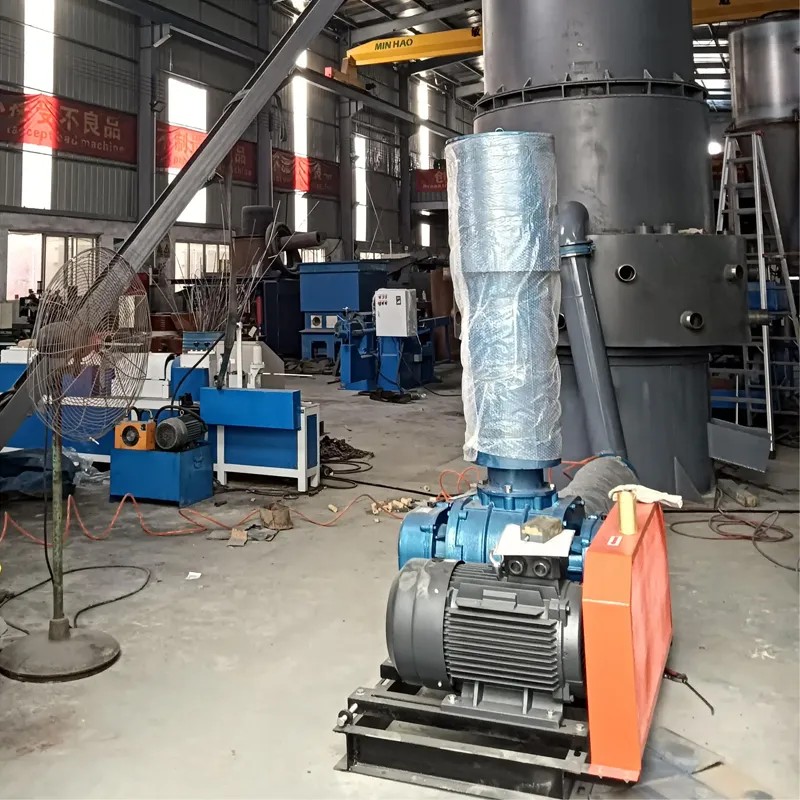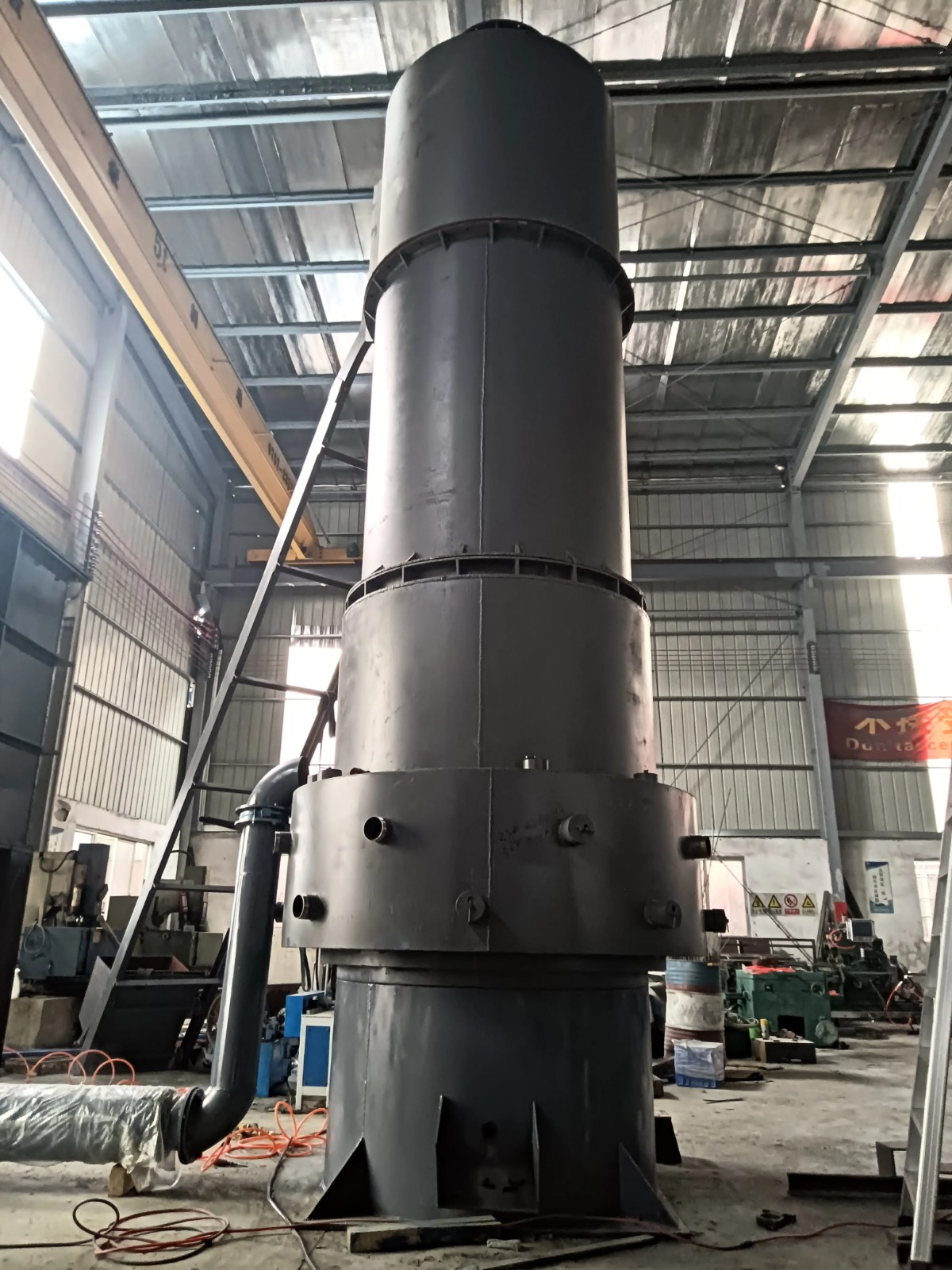What Metals Can a Cupola Furnace Really Melt? Do You Know Its True Purpose?
When it comes to industrial metal melting, the cupola furnace stands as one of the oldest and most reliable tools still in use today. But how much do you really know about the cupola? What metals can it melt? Is it still relevant in today’s advanced industrial landscape, filled with high-tech melting furnace systems and hot blast cupola innovations? This article explores the inner workings, capabilities, and evolving role of the cupola furnace in modern metal production.
The Basics of a Cupola Furnace
A cupola is a vertical, cylindrical furnace that’s primarily used to melt cast iron. But it’s more than just a melting furnace — it's a symbol of traditional metallurgy that combines simplicity with efficiency. The cupola furnace operates by burning coke to generate intense heat, which melts the metal as it descends through the shaft. Modern variations, such as the hot blast cupola, enhance energy efficiency by preheating the air blown into the system.
The cupola furnace is designed for continuous operation and mass melting of metals. This type of furnace can handle large volumes, making it a preferred choice in foundries worldwide. Despite advancements in melting furnace technologies, many industries still choose the cupola for its speed, cost-effectiveness, and high output.
What Metals Can a Cupola Furnace Melt?
The primary use of a cupola furnace is for melting cast iron. However, it’s not limited to just iron. The furnace can also melt other ferrous and non-ferrous metals depending on how it’s operated and what materials are used:
Cast Iron: The most common application. The cupola melts scrap iron and pig iron efficiently.
Steel: With adjustments in coke-to-metal ratio and slag control, the furnace can melt certain grades of steel.
Bronze and Brass: While less common, a hot blast cupola can handle these non-ferrous metals in controlled conditions.
Aluminum: Not typical due to its low melting point, but possible with modified cupola furnace systems.
The versatility of the cupola furnace depends largely on the operator’s skill and the precise configuration of the melting furnace setup. The use of a hot blast cupola can significantly improve melting efficiency and expand the range of usable metals.
Advantages of a Cupola Furnace Over Other Melting Furnaces
Despite the rise of electric induction melting furnace systems, the cupola retains its edge in certain applications. Why?
Cost-Effectiveness: A cupola furnace uses coke as a fuel source, which is often cheaper than electricity.
High Output: The continuous melting process enables the furnace to deliver tons of molten metal per hour.
Durability: A well-maintained cupola can last for decades, offering long-term value.
Flexibility: With modern upgrades like a hot blast cupola, the system becomes more efficient and adaptable.
For foundries dealing with large-scale iron casting, the cupola furnace often proves more practical than electric melting furnace setups.
The Role of the Hot Blast Cupola
The hot blast cupola is a technological evolution of the traditional cupola furnace. It preheats the air entering the furnace, leading to:
Better fuel efficiency
Higher melting temperatures
Reduced emissions
Improved metal quality
The integration of hot blast technology transforms the classic cupola into a more competitive melting furnace in today’s environmentally conscious world.
Environmental Considerations
In recent years, emissions from traditional cupola furnace operations have come under scrutiny. However, modern hot blast cupola systems address these concerns by using filters, energy recovery systems, and optimized fuel ratios. These improvements make the cupola a cleaner, more sustainable option among melting furnace technologies.
Future of the Cupola Furnace
So, is the cupola furnace obsolete? Not at all. While high-end melting furnace systems powered by electricity or gas have their advantages, the cupola continues to hold a significant share in the metal casting industry. With innovations like the hot blast cupola, it remains a viable, cost-effective, and environmentally adaptable furnace solution.
In fact, many foundries are now investing in hybrid systems that combine traditional cupola designs with advanced automation and emissions control — blending old-world reliability with cutting-edge melting furnace efficiency.
Conclusion
The cupola furnace is far more than an outdated relic of the industrial age. It is a dynamic, versatile, and powerful furnace capable of melting various metals efficiently. Whether it's standard cast iron or specialized alloys, the cupola continues to prove its worth.
Thanks to the rise of the hot blast cupola, this traditional melting furnace is more relevant than ever, meeting the demands of modern production and sustainability. So next time you think about the cupola furnace, remember — it’s not just about melting metal. It’s about tradition, evolution, and the enduring power of fire and steel.



